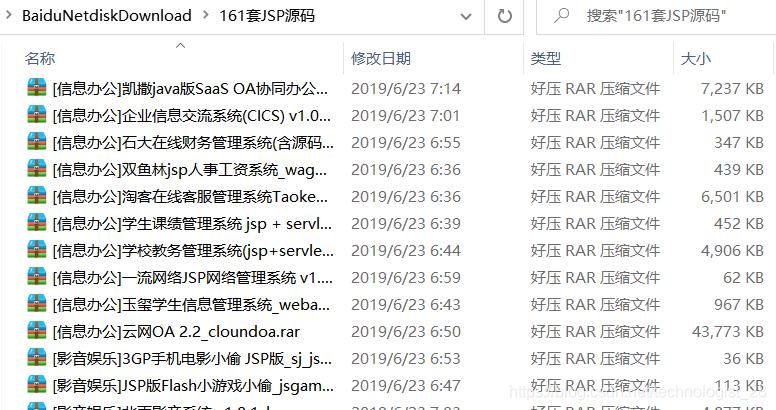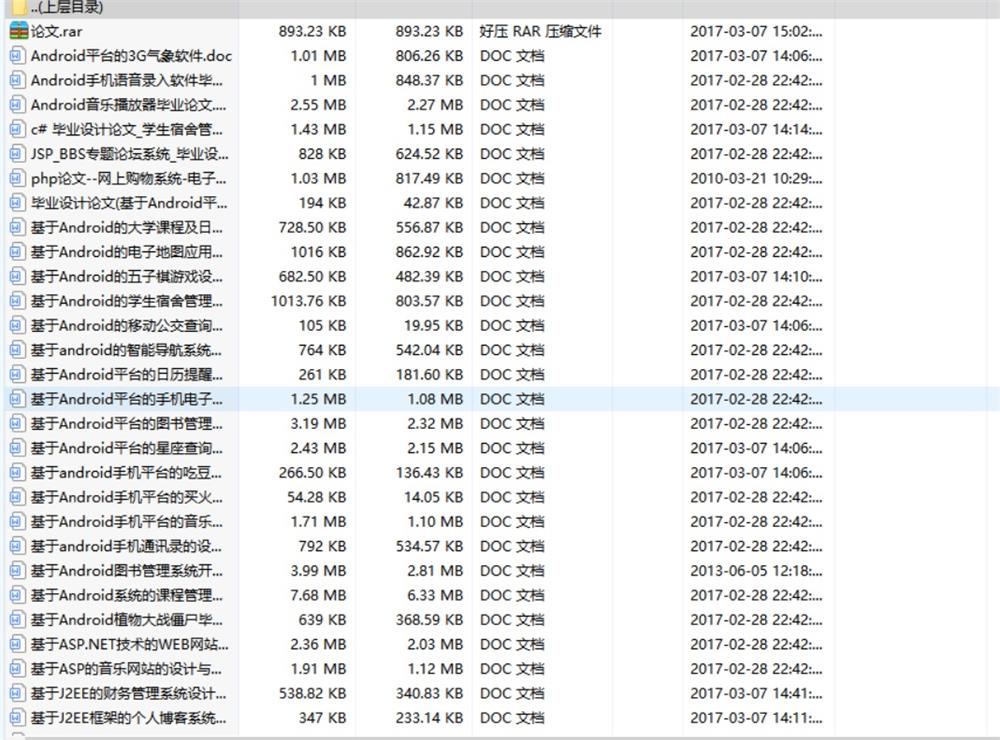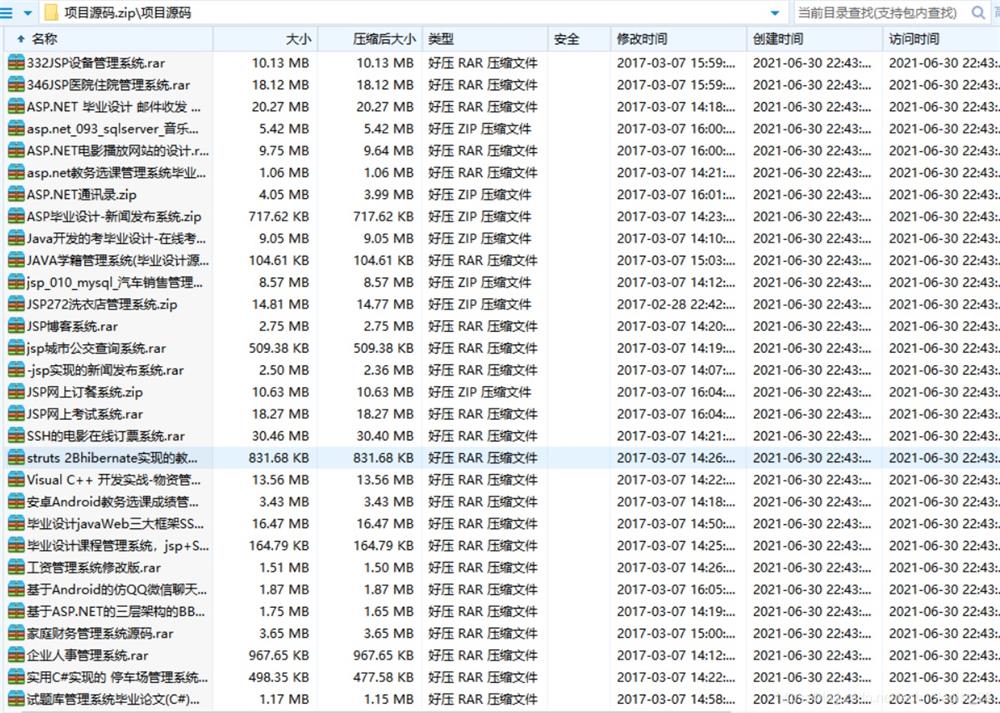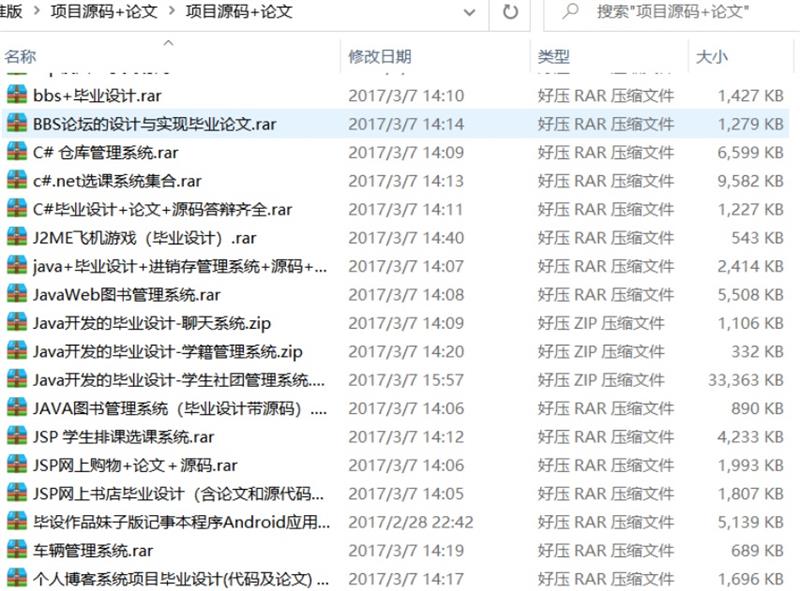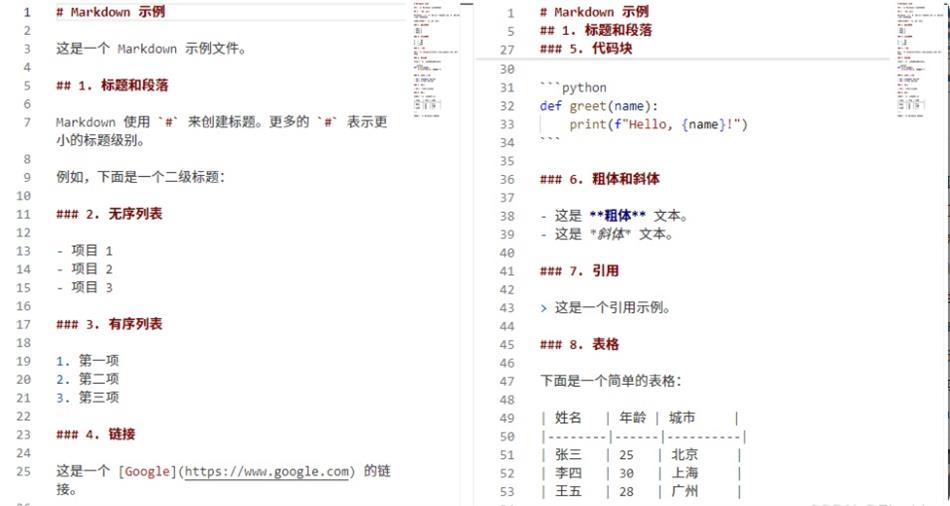这篇文章主要为大家详细介绍了如何使用Python自建一个轻量级的HTTP调试工具,文中的示例代码讲解详细,感兴趣的小伙伴可以参考一下
一、为什么需要自建工具
当 Postman 变得臃肿,当我们需要快速验证一个 API 而不想打开浏览器,或者团队需要定制特定功能时,用 Python 自建 HTTP 调试工具成为优雅选择。本文将用 300 行代码实现核心功能,兼顾实用性与可维护性。
二、核心功能设计
请求发送:支持 GET/POST/PUT/DELETE 等方法
参数管理:Query Params、Form-data、JSON Body
响应解析:自动格式化 JSON/XML,显示状态码和耗时
历史记录:保存最近 100 条请求记录
环境变量:支持.env 文件配置基础 URL
三、技术选型
服务端:Flask(轻量简单) + requests(请求发送)
数据存储:JSON 文件(记录请求历史)
环境配置:python-dotenv(.env 文件支持)
交互界面:Rich 库(终端美化)
四、分步实现
第一步:搭建基础框架
from flask import Flask, request, jsonify
import requests
from rich.console import Console
from rich.panel import Panel
import json
import os
from dotenv import load_dotenv
app = Flask(__name__)
console = Console()
load_dotenv() # 加载环境变量第二步:实现请求转发逻辑
@app.route('/api/proxy', methods=['POST'])
def proxy():
# 解析请求参数
target_url = request.json.get('url')
method = request.json.get('method', 'GET')
headers = request.json.get('headers', {})
data = request.json.get('data')
# 发送请求
try:
if method == 'GET':
resp = requests.get(target_url, headers=headers, params=data)
elif method == 'POST':
resp = requests.post(target_url, headers=headers, json=data)
# 其他方法类似处理...
# 记录请求
save_request_history({
'url': target_url,
'method': method,
'status': resp.status_code,
'time': resp.elapsed.total_seconds()
})
return format_response(resp)
except Exception as e:
return jsonify({'error': str(e)}), 500第三步:响应格式化处理
def format_response(resp):
content_type = resp.headers.get('Content-Type', '')
if 'application/json' in content_type:
try:
pretty_json = json.dumps(resp.json(), indent=2, ensure_ascii=False)
return Panel(pretty_json, title=f"[bold green]Status: {resp.status_code}")
except:
return Panel(resp.text, title=f"[bold yellow]Raw Response")
elif 'xml' in content_type:
return Panel(resp.text, title=f"[bold blue]XML Response")
else:
return Panel(resp.text, title=f"[bold magenta]Text Response")第四步:历史记录存储
HISTORY_FILE = 'request_history.json'
def save_request_history(record):
try:
if os.path.exists(HISTORY_FILE):
with open(HISTORY_FILE) as f:
history = json.load(f)
else:
history = []
history.insert(0, record)
if len(history) > 100:
history.pop()
with open(HISTORY_FILE, 'w') as f:
json.dump(history, f, indent=2)
except Exception as e:
console.print(f"[bold red]Error saving history: {str(e)}")五、进阶优化技巧
1. 环境变量管理
创建 .env 文件:
BASE_URL=https://api.example.com
TIMEOUT=10代码中读取:
base_url = os.getenv('BASE_URL', 'http://localhost')
timeout = int(os.getenv('TIMEOUT', 5))2. 请求模板功能
创建 templates.json:
{
"user_login": {
"url": "/auth/login",
"method": "POST",
"headers": {"Content-Type": "application/json"},
"body": {"username": "admin", "password": "123456"}
}
}添加模板调用接口:
@app.route('/api/templates', methods=['GET'])
def list_templates():
with open('templates.json') as f:
return jsonify(json.load(f))
@app.route('/api/execute_template', methods=['POST'])
def execute_template():
template_name = request.json.get('template')
# 加载并执行模板...3. 性能优化
使用连接池:
requests.adapters.HTTPAdapter(pool_connections=10, pool_maxsize=10)异步支持(改用 FastAPI):
from fastapi import FastAPI, Request
@app.post("/async-proxy")
async def async_proxy(request: Request):
# 使用 httpx 异步客户端六、使用示例
场景1:发送 GET 请求
curl -X POST http://localhost:5000/api/proxy \
-H "Content-Type: application/json" \
-d '{
"url": "https://jsonplaceholder.typicode.com/posts/1",
"method": "GET"
}'响应:
[bold green]Status: 200
{
"userId": 1,
"id": 1,
"title": "sunt aut facere repellat provident occaecati excepturi optio reprehenderit",
"body": "quia et suscipit\nsuscipit recusandae consequuntur expedita et cum\nreprehenderit molestiae ut ut quas totam\nnostrum rerum est autem sunt rem eveniet architecto"
}场景2:发送 POST 请求
curl -X POST http://localhost:5000/api/proxy \
-H "Content-Type: application/json" \
-d '{
"url": "https://jsonplaceholder.typicode.com/posts",
"method": "POST",
"headers": {"X-Custom-Header": "test"},
"data": {"title": "foo", "body": "bar", "userId": 1}
}'响应:
[bold green]Status: 201
{
"title": "foo",
"body": "bar",
"userId": 1,
"id": 101
}七、性能对比
| 特性 | 自建工具 | Postman |
|---|---|---|
| 启动速度 | < 0.1s | ~2s |
| 内存占用 | ~10MB | ~200MB |
| 定制化能力 | 完全控制 | 插件扩展 |
| 团队协作 | 需自行实现 | 内置协作功能 |
| 自动化测试 | 需结合 unittest | 内置测试集合 |
八、扩展方向建议
可视化界面:用 PyQt/Tkinter 添加简单 GUI
自动化测试:集成 pytest 生成测试报告
监控报警:添加响应时间/状态码异常告警
文档生成:根据请求历史自动生成 API 文档
九、总结
这个轻量级工具在以下场景特别适用:
- 快速验证 API 修改
- 调试内部测试环境
- 需要定制特殊请求逻辑
- 教学演示(展示 HTTP 原理)
对于需要复杂集合测试、Mock 服务器等高级功能的场景,仍建议使用 Postman 等成熟工具。但自建工具带来的灵活性和性能优势,在特定场景下会成为开发效率的提升利器。
到此这篇关于使用Python自建轻量级的HTTP调试工具的文章就介绍到这了,更多相关Python HTTP调试内容请搜索QQ沐编程以前的文章或继续浏览下面的相关文章希望大家以后多多支持QQ沐编程!


